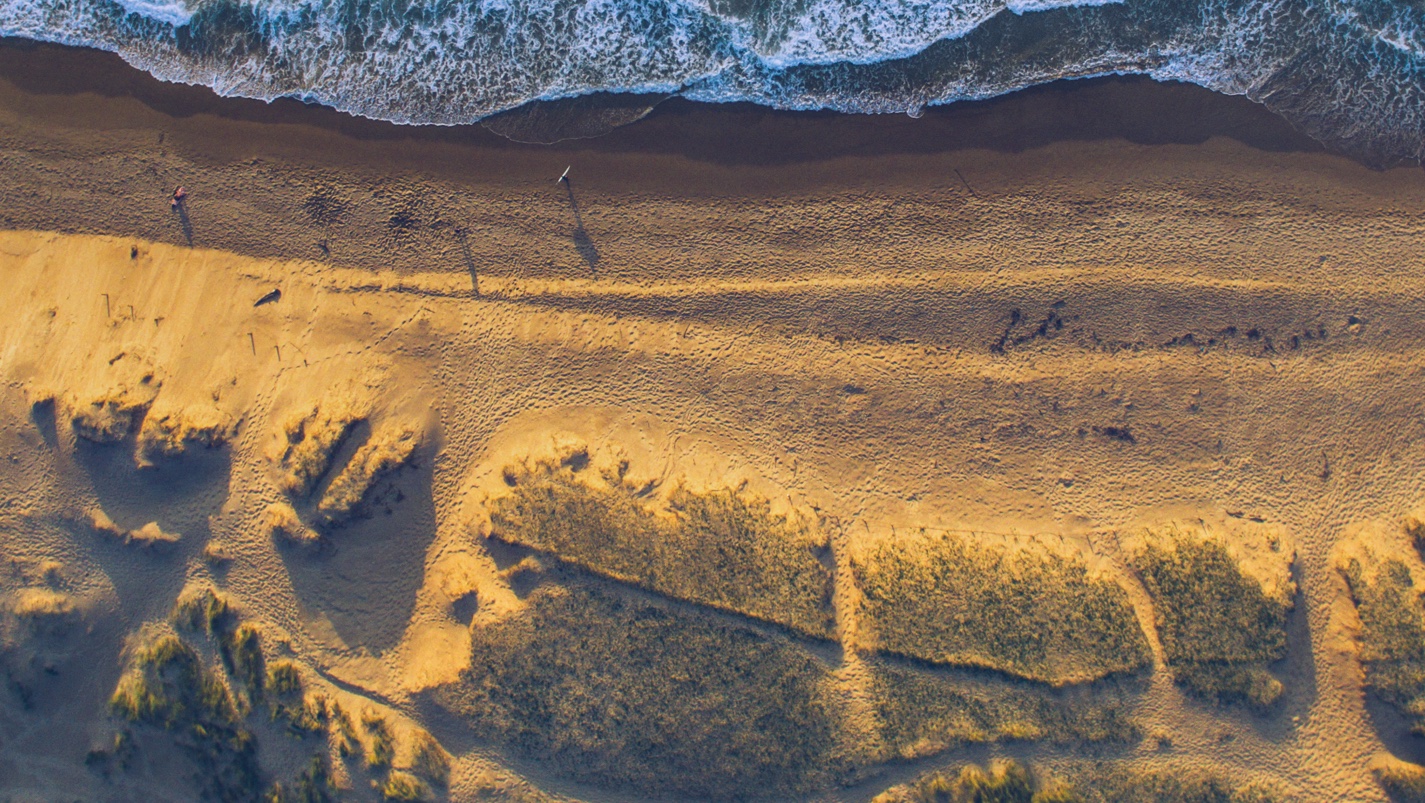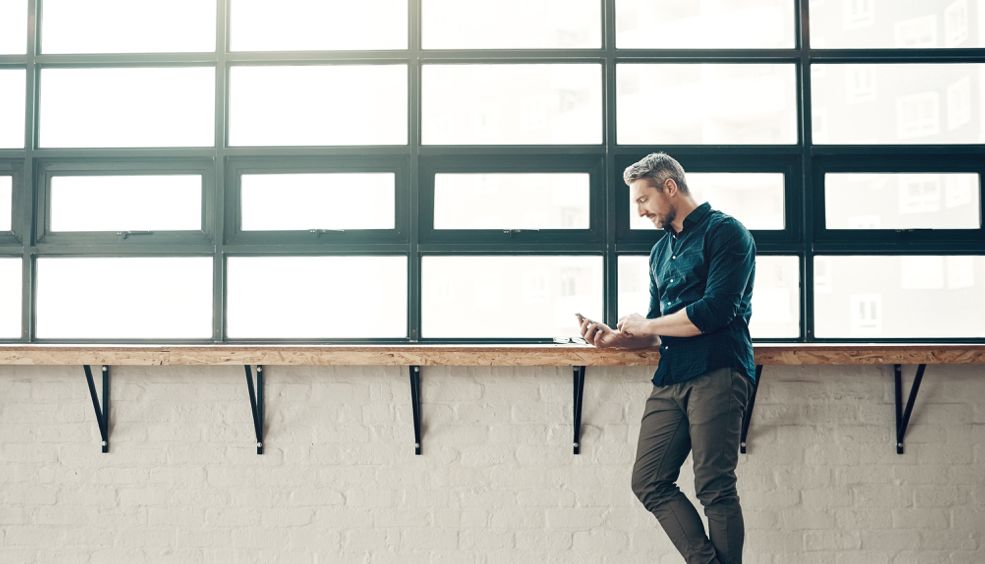The Museums of Le Marais
When thinking of museums to visit in Paris, the first thing that springs to mind are the great temples of art, notably the Louvre, epitomised by the enigmatic smile of the Mona Lisa, the Orsay Museum, featuring a stunning collection of Romanticism and Impressionism that will delight any art lover, and the Pompidou Centre, with one of the most comprehensive modern and contemporary art collections in the world.
However, apart from those grand institutions, Paris also has other venues where, in addition to art, you can discover the life and times of other personages associated with the city, or simply enjoy the works of private collections displayed in fabulous exhibition halls.
One of the trendiest districts of late is Le Marais, situated in the 3rd and 4th arrondissements on the right bank of the Seine. It boasts numerous venues where in some cases you can enjoy a different, less crowded and at once rewarding exhibition experience. Here, then, is our selection of some of the museums you should make a point of visiting while touring this colourful, cosmopolitan district.
Maison de Victor Hugo
Victor Hugo is the first protagonist in our selection as he is privileged to have his own museum in what is the nerve centre of Le Marais, the Place des Vosges. From 1832 to 1848, Victor Hugo lived on the third floor of the Hôtel de Rohan-Guéménée, where he wrote most of Les Misérables. Currently a museum, where visitors can gain greater insight into this essential figure of French literature.
Musée Picasso
Another great name, this time of one of the most influential artists of the 20th century, makes up our second option. The Musée Picasso, housed in the Hôtel Salé, has a large collection of 200 paintings, 100 sculptures – this is the most prominent section in the museum – and ceramics, and 3,000 drawings and engravings covering all periods. It also features the painter’s own art collection, with works by Paul Cézanne and Henri Rousseau, among others.
Shoah Foundation
What started out as a monument to the “Unknown Jewish Martyr” grew into the Fondation pour la Mémoire de la Shoah, one of the largest Holocaust documentation centres in Europe. The Hebrew word shoah, which means “catastrophe”, is used to designate the Holocaust. The entrance to the building is inscribed with the names of the 76,000 Jews that were deported from France to the Nazi concentration camps.
Museum of Jewish Art and History
Situated in Le Marais is the Jewish quarter, known locally as the Pletzl (meaning “square” in Yiddish). It is worth strolling around the streets in the area and enjoying the sight of the colourful shops. While in this quarter, we recommend a visit to the Hôtel de Saint-Aignan, located at 71 Rue du Temple, as it houses the Museum of Jewish Art and History, where you can learn all about the history of the Jewish communities of France, Europe and North Africa, from the Middle Ages until the present.
Musée Cognacq-Jay
Housed in the Hôtel Donon, the Cognacq-Jay Museum features the 18th-century collection of artworks built up by Ernest Cognacq and his wife, Marie-Louise Jay, from 1900 to 1925. Your visit will reveal more than 1,200 works and objects collected by this couple of art collectors, the standout pieces being paintings by Canaletto, Tiepolo, Boucher, Fragonard, Greuze and Reynolds.
Museum of Magic and Museum of Automata
The Museum of Magic reveals the secrets behind the art of magic, conjuring tricks and illusionism. On display are all manner of items used to perform magic tricks (magic wands, boxes, magic caps, etc.) and visitors are treated to live shows, too. Also housed in this building is the Museum of Automata, boasting a collection of 100 mechanical contrivances which will amaze you. Ideal for those travelling with children.
Book your Vueling to Paris, tour one of the city’s trendiest districts and venture into some of its unusual museums.
Text by Los Viajes de ISABELYLUIS
Images by Assayas, Sailko, Guillaume Baviere
more info
What if I need to change or cancel my flight with Vueling?
If something unexpected happens and you have to change your plans, you have several options to change or cancel your flight.
more infoBrexit: Which documents do I need to travel to London or UK?
Although in general European citizens will not need a visa, from 1 October 2021 they will have to travel with a passport that is valid for the duration of their stay in the UK.
more infoWelcome to the City of Museums
With over forty museums, Basel can well boast of being one of Europe’s cities with the best contemporary cultural facilities. A large number of these numerous museums feature the plastic arts as their central theme, displaying works that range from antiquity to the present. The city’s penchant for collecting has its origins in the 16th century, when collectors hailed from both the private and public sectors. Several private collections have been opened to the public in recent years, augmenting the supply even further.
The Kunstmuseum Basel – the Beginning of Everything
This is the most significant museum in Basel and the largest in Switzerland. Its collections, which date back to 1662, feature works running from the Middle Ages up to the present. Hans Holbein enthusiasts are in for a treat if they come here, as it boasts one of the largest collections of this artist’s work.
The Beyeler Foundation – a European Collector’s Classic
This foundation, housing the collection of the spouses, Ernest and Hildy Beyeler, is one of the largest and most important in central Europe. It is a compendium of classical modern art, from Monet, Cézanne and Van Gogh to Picasso, Warhol, Lichtenstein and Bacon. The counterpoint to these figures is a display of tribal art from Africa, Oceania and Alaska, the contrast producing an interesting result. Also well worth seeing are the surroundings of the beautiful building – designed by Renzo Piano – with its priceless garden.
The Tinguely Museum – an In-Depth Look at the Artist’s Sculpture Machines
Dedicated to the life and work of the Swiss sculptor, Jean Tinguely. The interior of this original building, the work of the architect, Mario Botta, houses the sculpture machines that brought him fame, in addition to documentation, photographs and drawings of his work.
The Antikenmuseum (Museum of Antiquities) – in Search of the Classics
This is the only Swiss museum devoted to ancient Mediterranean art and civilisation. The collection features pieces dating from between the 4th millennium BC and the 7th century AD, sourced from the ancient Egyptian, Greek, Italic and Roman cultures, as well as works from the Near East and Cyprus. Featured are Greek ceramics and sculptures and the section dedicated to ancient Egypt.
Klingental – the Region’s Art Trends
Housed in the Klingental convent church, the Ausstellungsraum Klingental is dedicated to the region’s artistic production.
Schaulager – A Space for the Experts
The building housing this unusual space was designed by the Herzog & de Meuron architects studio. Directed at a specialist art audience, it also hosts events for the public at large and is innovative even in its conceptualisation. It is not intended to be a run-of-the-mill museum, but a storage facility open to the public which houses the undisplayed works of the Emanuel Hoffmann Foundation.
HeK – a Look at New Media in Art Production
The Haus der elektronischen Künste Basel (House of Electronic Arts Basel) specialises in art created using electronic media, known as “new media” or digital art. There are facilities for hosting all kinds of activities associated with these new trends in art. It also hosts the Forum for New Media, as well as Shift, Festival of Electronic Arts.
Schoenthal – Open-Air Sculpture
The former Romanesque convent of Schoenthal, situated half an hour from Basel, houses the Stiftung Sculpture at Schoenthal, a not-to-be-missed sculpture park featuring nearly twenty works by Swiss and international artists. The Romanesque church has been converted into a gallery for temporary exhibitions of contemporary artworks.
Have you taken note of all the art you can see in Basel? Check out our flights here and see it all first-hand.
Text by ISABELYLUIS Comunicación
Images by Forgemind ArchiMedia, Jean-Baptiste Maurice, John Lord, régine debatty, Rosmarie Voegtli
more info




